In today’s fast-paced digital landscape, staying ahead of the curve when it comes to UI/UX web design trends is crucial for businesses looking to deliver a seamless user experience. As technology continues to evolve at breakneck speed, what was once considered cutting-edge can quickly become outdated, leaving companies struggling to keep up with the ever-changing demands of their audience. With the rise of mobile devices, voice assistants, and artificial intelligence, the need for intuitive and user-centric designs has never been more pressing.
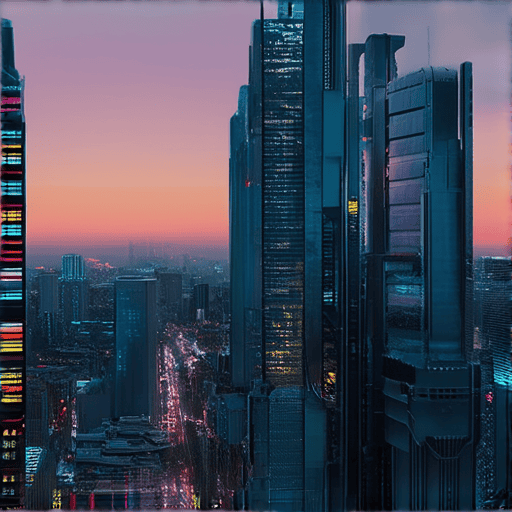
Trend in UI/UX Design
The trend in UI/UX design is constantly evolving, driven by advancements in technology, changing user behaviors, and emerging design principles.
- Emotional Design: With the rise of emotional intelligence, designers are focusing on creating experiences that evoke emotions and foster connections between users and products.
- Accessibility First: As accessibility becomes increasingly important, designers are prioritizing inclusive design principles to ensure that products are usable by everyone, regardless of abilities.
- Micro-Interactions: Micro-interactions have become a crucial aspect of UI design, adding a layer of engagement and feedback to digital products.
- Dark Mode: Dark mode has gained popularity due to its energy efficiency and aesthetic appeal, becoming a standard feature in many applications.
- AR and VR Integration: Augmented reality (AR) and virtual reality (VR) technologies are being integrated into UI design, enabling immersive experiences and new forms of interaction.
- Sustainability in Design: Designers are now considering the environmental impact of their work, incorporating sustainable materials, reducing waste, and promoting eco-friendly practices.
- Personalization: Personalization has become a key aspect of UI design, allowing users to customize their experiences and tailor products to their individual needs.
- Minimalism: Minimalist design has seen a resurgence, emphasizing simplicity, clean aesthetics, and ease of use.
- Biometric Feedback: Biometric feedback, such as heart rate and facial recognition, is being incorporated into UI design to enhance user engagement and understanding.
- Neuro-Inspired Design: Neuro-inspired design draws inspiration from neuroscience and cognitive psychology to create intuitive and user-centered experiences.
In conclusion, the trend in UI/UX design is shifting towards creating more empathetic, accessible, and personalized experiences that cater to the diverse needs of users.
Is UX Design Oversaturated in 2024?
The UX job market has been a topic of discussion among designers and industry experts, with some predicting a saturated market and others arguing that skilled UX designers remain in high demand.
- Key Takeaways:
- The UX job market has not yet reached the point of saturation
- Skilled UX designers continue to be in high demand
- UX job postings have decreased since 2022
Why UX Design Remains in Demand
Despite the decrease in UX job postings, skilled UX designers continue to be in high demand due to several factors:
- Growing Need for Digital Products: As technology advances and digital products become increasingly prevalent, companies require experienced UX designers to create intuitive and user-friendly interfaces.
- Rise of Remote Work: With the shift towards remote work, companies need UX designers who can effectively communicate and collaborate with cross-functional teams remotely.
- Increased Emphasis on User Experience: Companies recognize the importance of delivering exceptional user experiences, driving customer satisfaction, and ultimately, business growth.
Challenges Facing the UX Job Market
While skilled UX designers remain in demand, the UX job market faces several challenges:
- Lack of Diversity and Inclusion: The UX industry struggles with diversity and inclusion, leading to a lack of diverse perspectives and ideas.
- Inadequate Training and Education: Many aspiring UX designers lack access to quality training and education, making it difficult for them to enter the field.
- High Turnover Rates: UX designers often face high turnover rates due to burnout, lack of challenge, and limited career advancement opportunities.
Conclusion
In conclusion, while the UX job market may face challenges, skilled UX designers continue to be in high demand due to the growing need for digital products, rise of remote work, and increased emphasis on user experience.
However, the industry must address the lack of diversity and inclusion, inadequate training and education, and high turnover rates to ensure long-term sustainability and success.
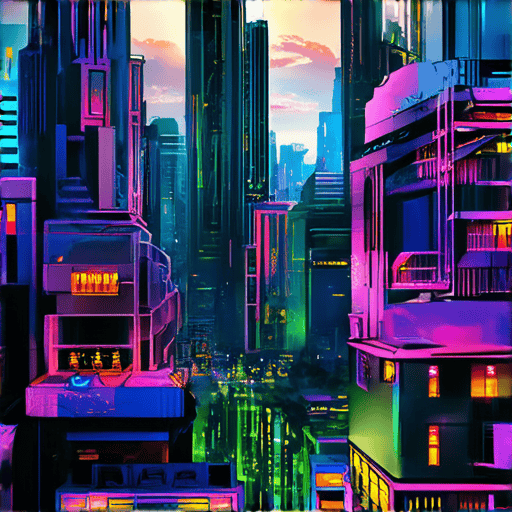
UI Design Trend in 2024
The year 2024 has brought forth a plethora of innovative UI design trends, aiming to captivate users with visually appealing and interactive interfaces.
- Retro-Futurism: Inspired by the futuristic visions of the past, designers have incorporated nostalgic elements, blending classic styles with modern technology.
- Neumorphism: A revival of skeuomorphism, neumorphism combines flat design principles with subtle, three-dimensional effects, creating a tactile experience.
- Micro-Interactions: Delicate animations and micro-interactions enhance user engagement, adding a touch of personality to digital products.
- Sustainable Design: As environmental concerns grow, designers are focusing on eco-friendly materials, minimalism, and responsible production methods.
- Accessibility-Oriented Design: Prioritizing inclusivity, designers are incorporating features that cater to diverse abilities, promoting equal access to digital experiences.
These emerging trends reflect the evolving needs and preferences of users, pushing the boundaries of UI design and driving innovation in the field.
Tips for Implementing UI Design Trends:
- Stay informed about the latest design trends and technologies.
- Experiment with new tools and techniques to stay ahead of the curve.
- Consider user feedback and testing to validate design decisions.
- Balance aesthetics with functionality and usability.
- Continuously educate yourself on accessibility guidelines and best practices.
Best Practices for UI Designers:
To excel in the field of UI design, remember to:
- Keep learning and staying updated on industry developments.
- Prioritize user-centered design principles.
- Foster collaboration between designers, developers, and stakeholders.
- Emphasize accessibility and inclusive design.
- Maintain a keen eye for detail and attention to typography.
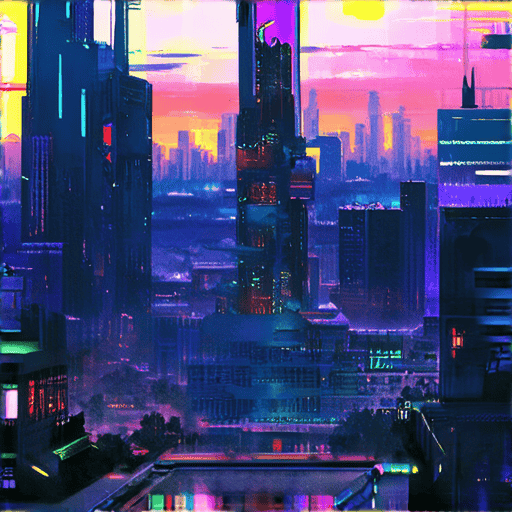
Trend in UI/UX 2025
As we move forward in 2025, UI/UX design is expected to undergo significant transformations driven by emerging technologies and shifting user behaviors.
- AI-driven Personalization: Artificial Intelligence (AI) will continue to play a crucial role in UI/UX design, enabling personalized experiences that adapt to individual user interactions and anticipate their needs and preferences.
- Rise of Voice UI: With the increasing adoption of voice assistants, Voice User Interface (VUI) will become a prominent aspect of UI/UX design, requiring designers to create intuitive and conversational interfaces.
- Increased Focus on Accessibility: As technology advances, accessibility will become a critical consideration in UI/UX design, with designers striving to create inclusive experiences that cater to diverse user needs and abilities.
- Emphasis on Sustainability: With growing concerns about environmental sustainability, UI/UX design will need to incorporate eco-friendly principles, reducing digital waste and promoting sustainable practices.
- Evolution of Mobile Design: As mobile devices continue to dominate the digital landscape, UI/UX design will need to adapt to the unique challenges and opportunities presented by mobile interfaces, prioritizing simplicity, speed, and seamless user experiences.
- Growing Importance of Emotional Design: UI/UX design will increasingly focus on evoking emotions and creating meaningful connections between users and products, leveraging design elements like color, typography, and imagery to convey brand values and personality.
- Integration of AR and VR: Augmented Reality (AR) and Virtual Reality (VR) technologies will become more prevalent in UI/UX design, enabling immersive experiences that blur the lines between physical and digital worlds.
- Shift towards Human-Centered Design: UI/UX design will prioritize human-centered approaches, emphasizing empathy, understanding, and collaboration to create experiences that truly meet user needs and expectations.
In conclusion, the trend in UI/UX 2025 will be shaped by technological advancements, shifting user behaviors, and evolving design principles, requiring designers to stay adaptable, innovative, and user-centric.
The Next Big Trend in UX
In today’s fast-paced digital landscape, User Experience (UX) continues to evolve, driven by technological advancements and shifting consumer behaviors.
- Artificial Intelligence (AI)-Driven Design: As AI technology improves, we can expect to see more AI-driven design tools that enable designers to create personalized experiences for users.
- Increased Focus on Accessibility: With the rise of remote work and online interactions, accessibility has become a critical aspect of UX design, ensuring that products and services are usable by everyone, regardless of ability.
- Emphasis on Emotional Connection: As consumers increasingly seek meaningful connections with brands, UX designers will focus on crafting experiences that evoke emotions, foster loyalty, and drive engagement.
- Cross-Platform Consistency: With the proliferation of devices and platforms, achieving consistency across channels will become essential for delivering seamless user experiences.
- Personalization through Data Analytics: By leveraging data analytics and machine learning algorithms, designers can create tailored experiences that cater to individual preferences and behaviors.
Trends to Watch:
- Larger Screens and Immersive Experiences: As screen sizes increase, designers will focus on creating immersive experiences that take advantage of these larger canvases.
- Multimodal Interactions: With the growth of voice assistants and gesture-based interfaces, multimodal interactions will become more prevalent, enabling users to interact with products and services in various ways.
- Biometric Feedback and Emotion Recognition: Biometric sensors and emotion recognition technologies will allow designers to better understand user emotions and tailor experiences accordingly.
- Sustainable Design and Environmental Considerations: As environmental concerns grow, designers will prioritize sustainable design principles, minimizing waste and promoting eco-friendly practices throughout the product development process.
Key Takeaways:
To stay ahead of the curve, UX designers must adapt to emerging trends, prioritize accessibility, and focus on creating emotionally resonant experiences that meet the evolving needs of users.
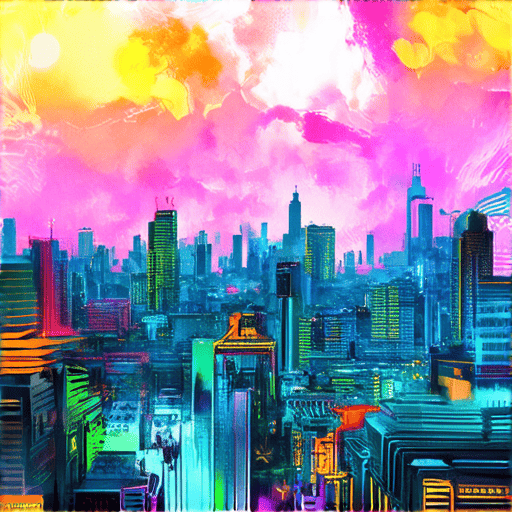
Does UI/UX Design Have a Future?
The future of UI/UX design is promising, driven by emerging trends and technologies.
- Augmented Reality (AR): Enhancing user experiences through immersive interactions
- Voice User Interfaces (VUIs): Revolutionizing how we interact with technology
- Artificial Intelligence (AI) and Machine Learning (ML): Enabling personalized and adaptive designs
- User-Centric Experiences: Focusing on empathy and understanding user needs
- Ethical Practices: Prioritizing transparency, accessibility, and inclusivity
Trends Shaping the Future of UI/UX Design:
- Mobile-First Approach**: Designing for mobile devices to cater to the majority of users
- Accessibility**: Ensuring equal access to digital products for people with disabilities
- Personalization**: Tailoring experiences based on individual preferences and behaviors
- Continuous Improvement**: Regularly gathering feedback and iterating on designs
Key Skills for UI/UX Designers:
- Empathy and Understanding**: Developing deep insights into user needs and motivations
- Creativity and Problem-Solving**: Finding innovative solutions to complex design challenges
- Communication and Collaboration**: Effectively working with cross-functional teams
- Adaptability and Continuous Learning**: Staying up-to-date with industry trends and technologies
Conclusion:
The future of UI/UX design is exciting, with emerging trends and technologies opening up new possibilities for innovation and creativity. By focusing on user-centric experiences, ethical practices, and continuous improvement, designers can create meaningful and impactful designs that drive business success and user satisfaction.
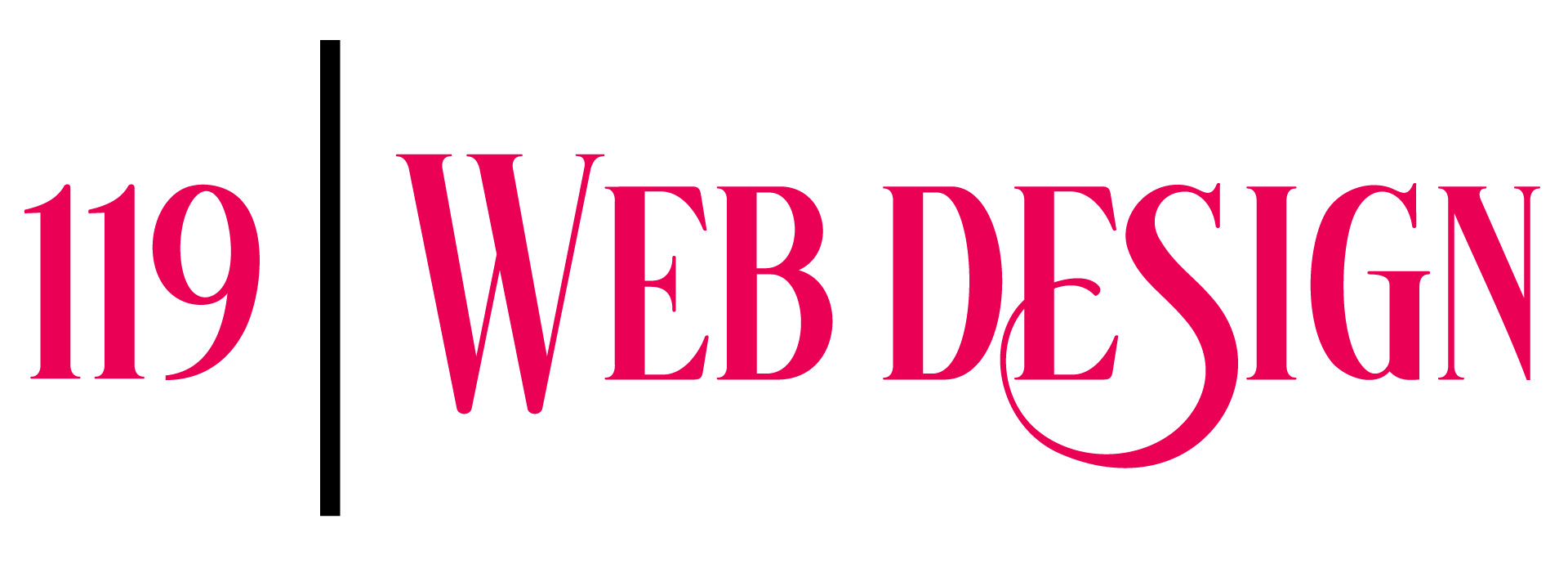
0 Comments